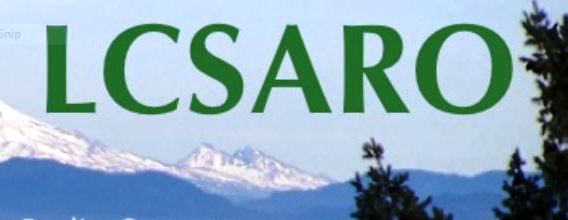Radio Direction Finding (Fox Hunt) (Updated 10/07/2022 at 6:44 PM)
Radio Direction Finding (Fox Hunting)
Members of Marshal and Starke County come together to find the Fox.
Chuck N9CAD and Ruth K9RLD
Greg W9GND
Linda KC8PKY and Dave KC8OBH
Jim
The Fox
What is Radio Direction Finding?
- the act or process of finding the direction to a radio source by comparing the signal strength of antennae pointing in different directions
Collins English Dictionary. Copyright © HarperCollins Publishers
WIKIPEDIA
Amateur radio direction finding (ARDF, also known as radio orienteering, radio fox hunting and radiosport) is an amateur racing sport that combines radio direction finding with the map and compass skills of orienteering. It is a timed race in which individual competitors use a topographic map, a magnetic compass and radio direction finding apparatus to navigate through diverse wooded terrain while searching for radio transmitters. The rules of the sport and international competitions are organized by the International Amateur Radio Union. The sport has been most popular in Eastern Europe, Russia, and China, where it was often used in the physical education programs in schools.
ARDF events use radio frequencies on either the two-meter or eighty-meter amateur radio bands. These two bands were chosen because of their universal availability to amateur radio licensees in all countries. The radio equipment carried by competitors on a course must be capable of receiving the signal being transmitted by the five transmitters and useful for radio direction finding, including a radio receiver, attenuator, and directional antenna. Most equipment designs integrate all three components into one handheld device.
Source: https://en.wikipedia.org/wiki/Amateur_radio_direction_finding
How To RDF!
Ham radio operators enjoy fox hunting — part of the event known as “radiosport” in most of the world — which is essentially hide and seek played with a radio transmitter. You can see more in the video at https://youtu.be/yR2cpd0vQdM
You might think that GPS has made radio direction finding a thing of the past. However, if you think about it, GPS is sort of a different form of radio direction finding. Instead of using a bearing of an antenna, you are measuring signal arrival time, but it is the same idea. The time delay gives you a circle from the known position of the satellite. Making multiple circles around multiple satellites gives you an exact position.
Sure, the technology is a far cry from Hertz’s loop antenna. But radio direction is still a key part of modern navigation systems.


Jim from Starke County
and
Chuck N9CAD from Marshal County
Start the hunt for the Fox by locating the strongest signal.
Radio Direction Finding in real world events.

Courtesy of ARRL.org.
http://www.arrl.org/news/rdf-bracelet-helps-oregon-hams-to-locate-missing-man
RDF Bracelet Helps Oregon Hams to Locate Missing Man
TAGS: Amateur Radio Newswire, amateur radio operators, ARRL-Affiliated Club, couple, emergency situations, ham radio team, HOME, husband, John Bigley, man, members, person, police officers, project, radio direction-finding techniques, result, Sheriff s Department, University, wife
02/25/2014
Members of the Lane County (Oregon) Sheriff’s Amateur Radio Operators (LCSARO) — an ARRL-Affiliated Club — used radio direction-finding techniques to locate a 78-year-old Eugene, Oregon, man suffering from dementia, who had gone missing. The man’s wife reported February 16 that her husband had wandered away from the couple’s home, east of the University of Oregon Campus. Fortunately, the man was one of six at-risk individuals in the county equipped with a Project Lifesaver RDF bracelet. As a result, the specially trained hams in the sheriff’s department were able to track down and locate the missing person in downtown Eugene. He was not injured. The ham radio team minimizes the need for large-scale search parties that typically involve many agencies, hundreds of police officers, and thousands of dollars in cost. The LCSARO also supports communication in disaster and emergency situations. — Thanks to John Bigley, N7UR, Nevada Amateur Radio Newswire

